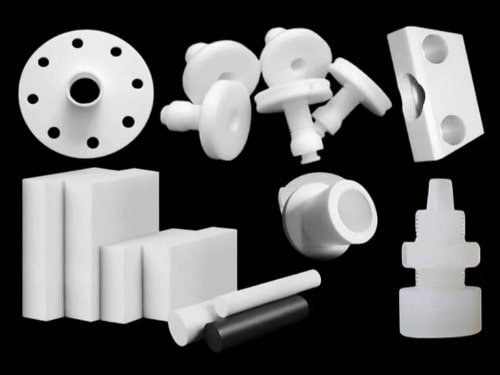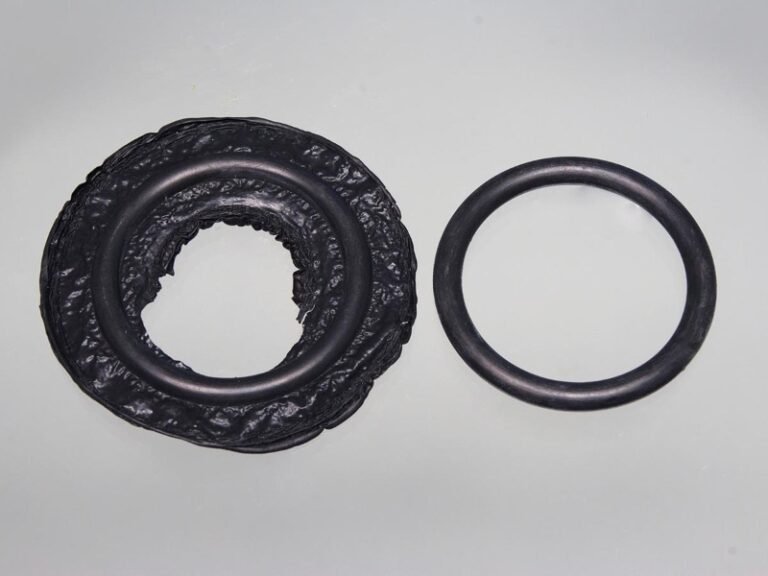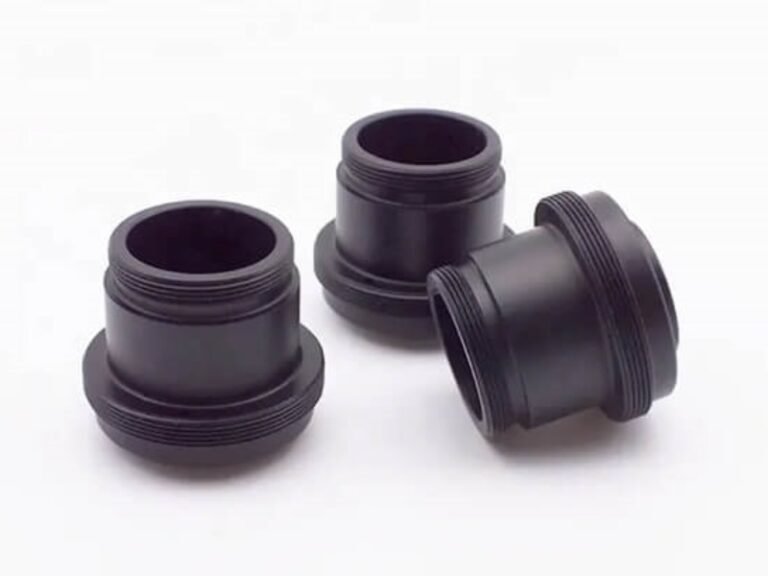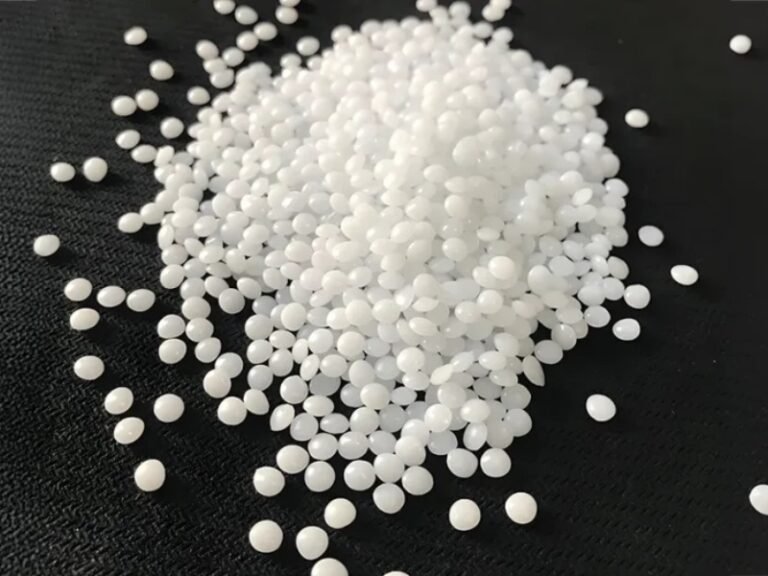Nylon is one of the most versatile and widely used thermoplastic materials in nylon CNC machining. This article explores the basic information of machining nylon and detailed machining processes.
What is Nylon?
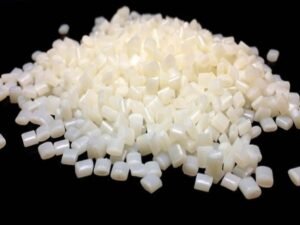
Nylon, also known as polyamide (PA), is a semi-crystalline engineering thermoplastic known for toughness, wear resistance, and good thermal stability. In plastic CNC machined parts production, commonly used grades such as Nylon 6, Nylon 6/6, Nylon 9, Nylon 11, Nylon 12, and glass filled nylon injection molding materials offer distinct properties that cater to diverse applications. Here is a table to compare the different nylon grades properties.
| Nylon Grade | Tensile Strength (MPa) | Moisture Absorption | Heat Resistance | Density (g/cm³) | Key Applications |
|---|---|---|---|---|---|
| Nylon 6 | 80 | High (2.5%) | Moderate | 1.14 | Gears, bearings, structural parts |
| Nylon 6/6 | 80-90 | Moderate (1.5%) | High | 1.15 | Automotive components, fasteners |
| Nylon 9 | 70-80 | Low (1%) | High | 1.12 | Specialized industrial parts |
| Nylon 11 | 50-60 | Very Low (0.3%) | Moderate | 1.04 | Flexible parts, chemical-resistant seals |
| Nylon 12 | 50-55 | Very Low (0.2%) | Moderate | 1.01 | Automotive seals, cable insulation |
| Glass-Filled Nylon | 100-130 | Low (0.8-1.2%) | High | 1.38 | Brackets, housings under heavy loads |
Properties of Nylon
Understanding nylon’s properties is crucial for effective machining nylon. Its characteristics include:
Semi-crystalline structure: Provides high tensile strength and rigidity while maintaining some flexibility.
Wear and Abrasion Resistance: A low friction coefficient (e.g., 0.25 for PA66) ensures durability in high-wear environments.
Chemical Resistance: Nylon withstands oils, fuels, and solvents, ideal for automotive and industrial applications.
Thermal Stability: It maintains integrity up to 150-180°C, though prolonged heat exposure may cause deformation.
Elasticity: Nylon’s ability to absorb energy and recover from deformation enhances its toughness.
Electrical Insulation: Its dielectric properties suit electronic components like insulators.
Moisture absorption: Nylon absorbs water, which affects dimensional stability and mechanical properties; pre-drying is essential before machining.
Advantages of Machining Nylon
Using nylon plastic cnc machined parts offers numerous benefits over other materials:
- Lightweight: With densities values ranging from 1.01-1.38 g/cm³, Nylon parts can be significantly lighter than metal equivalents, reducing vehicle or device weight.
- Cost-Effectiveness: Nylon is significantly cheaper than metals or high-performance plastics like PEEK, and Faster CNC machining cycles and lower tooling wear reducing production costs.
- Precision: Using plastic CNC machined parts made from nylon achieves tight tolerances (±0.05 mm), enabling complex geometries for intricate parts.
- Good mechanical performance: High tensile strength and toughness allow nylon to replace many metal parts.
- Versatility in applications: Machinable nylon can be polymer-modified for various property enhancements such as glass-filling or oil impregnation.
- Noise Reduction: Nylon’s self-lubricating nature reduces noise in moving parts, eliminating heavy lubrication needs.
- Corrosion resistance: Unlike metals, nylon parts resist rust and corrosive environments.
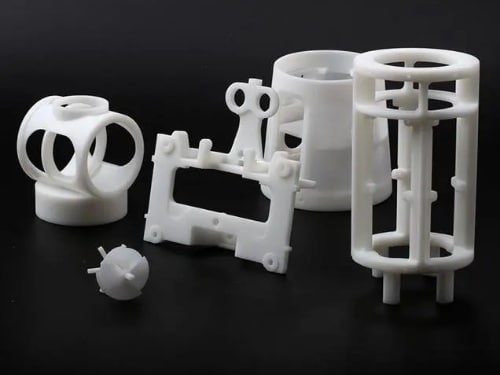
Nylon CNC Machining Service
CNC Machining Nylon: Detailed Operation Process
Successful nylon cnc machining requires careful attention from preparation through quality control. Below is a typical process flow:
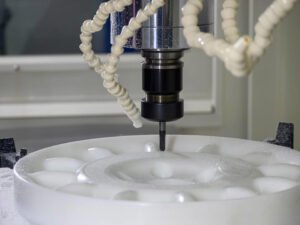
1. Design and Material Selection
Confirm the specific nylon grade (e.g., PA6, PA66, glass-filled) based on application requirements (strength, moisture exposure, temperature).
2. Preparation and Pre-Drying
Pre-dry nylon sheets or rods before machining (typically 2-4 hours at 80-90°C) to reduce moisture content and prevent swelling or dimensional distortion during cutting.
3. Tool Selection
Use sharp, polished high-speed steel (HSS) or carbide cutting tools with appropriate geometry.
4. Machine Setup
Setup proper cutting speeds, feed rates, depth of cut. Use steady, secure fixturing reduce workpiece vibration and distortion.
5. Machining Execution
Start with roughing passes removing bulk material at moderate speeds. Progress to semi-finishing and finishing passes with lighter depths for tight dimensional control and surface finish.
6. Cooling and Heat Management
Use water-soluble, non-aromatic coolants or air blasts to control temperature during cuts. Avoid flood cooling that may swell nylon.
7. Quality Control
Measure dimensional tolerances, surface finish, and geometric features. Check for surface defects such as burning, melting, or cracking.
Post-Processing of CNC Machined Nylon
Post-processing enhances the functionality and aesthetics of CNC nylon parts. Common techniques include:
- Deburring: Remove burrs using manual tools or automated equipment to ensure smooth edges, critical for safety and fit.
- Sanding: Apply fine-grit sandpaper to refine surface texture, preparing parts for further finishing or improving appearance.
- Polishing: Use mechanical or chemical polishing to achieve a glossy finish, ideal for visible components in consumer products.
- Bead Blasting: Blast with glass beads for a uniform, matte finish, concealing imperfections and enhancing grip.
- Dyeing: Apply solvent dyes to color white nylon parts, improving aesthetics for applications like household goods.
- Annealing: Heat-treat parts to reduce internal stresses, minimizing surface cracks and enhancing machinability.
- Surface coating: For enhanced wear or chemical resistance in specialized applications.
Common Applications of Machined Nylon Components
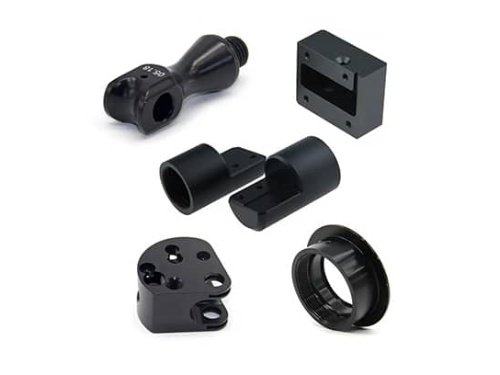
Automotive
Gears, bushings, rollers, bearings, clips, and housings.
Electrical/Electronics
Enclosures, insulators, and connectors.
Industrial machinery
Conveyor components, wear pads, sprockets, and structural parts.
Consumer products
Sports equipment, eyewear frames, and appliance parts.
Medical devices
Non-implant applications and surgical tool components.
Custom CNC Machined Nylon Parts from Zhongde
Zhongde offers complete prototype machining services for nylon parts, combining expertise with advanced equipment to deliver high-quality, cost-effective solutions. As a trusted partner in nylon CNC machining, we provide tailored manufacturing to meet your specific project requirements.
FAQs
Yes, nylon parts can be custom colored using dyes or pigments during manufacturing or machining processes.
CNC machining of nylon is suitable for both small and medium batch production. For very high volumes, injection molding may be more cost-effective.
